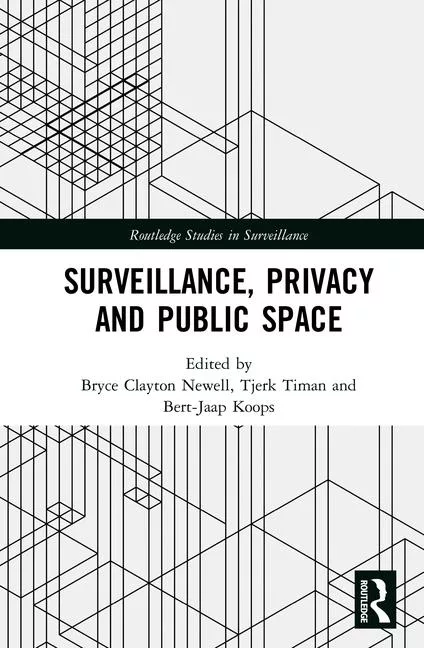Economy Is Creating more Retail Theft
Retail theft, including shoplifting, employee theft, administrative error and vendor fraud, is up, according to a recent annual survey conducted by the
These preliminary shoplifting and retail theft rates are calculated as a percentage of total sales and for the previous six years of the survey they have been trending downward, according to
"This year both the dollar loss and rate of loss increased and the evidence shows that the economy and resulting cutbacks in staffing by retailers are creating an opportunistic environment for both individual shoplifters and organized retail criminals," he said. "These are preliminary numbers from 2008 and do not reflect shoplifting and retail theft rates from the first part of 2009, when the recession was considered by many to be at its deepest."
Employee theft is still the largest portion of the retail theft pie, although as a percentage it decreased slightly while shoplifting increased in 2008. The survey only reflects in-store organized retail crime and does not measure crimes such as cargo theft or merchandise stolen in transport, but it does show a steady increase in the number of reported organized retail crime incidents per retailer and an increase in the dollar amount per incident.
There are a number of new technologies available to retailers that provide them with increased store intelligence and help them to maximize resources and limit losses. New software is capable of analyzing video to detect unusual behaviors and track would-be shoplifters through a store. Retailers can use the software as a very effective tool in the fight against retail theft and at the same time it can be used to study shopping behaviors and patterns to ultimately help improve overall store operations.
New anti-shoplifting tags allow retailers to protect more items securely while leaving them in the open for the convenience of shoppers. Items are protected without making the customer wait or requiring extra staff to retrieve merchandise from under a counter or the back storage room. Point-of-sale analytic software, people counting and remote monitoring are other technologies that allow retailers to not only reduce shoplifting and theft, but also to operate more efficiently.
"The survey is in line with what we have been hearing from retailers about increased shoplifting and organized retail crime in very tough economic times," said Joe La Rocca, loss prevention advisor for the National Retail Federation. "It shows the need for focusing continued efforts on enacting laws to limit these types of crimes and educating the public about purchasing bargain items from questionable sources."
Looking for a reprint of this article?
From high-res PDFs to custom plaques, order your copy today!



